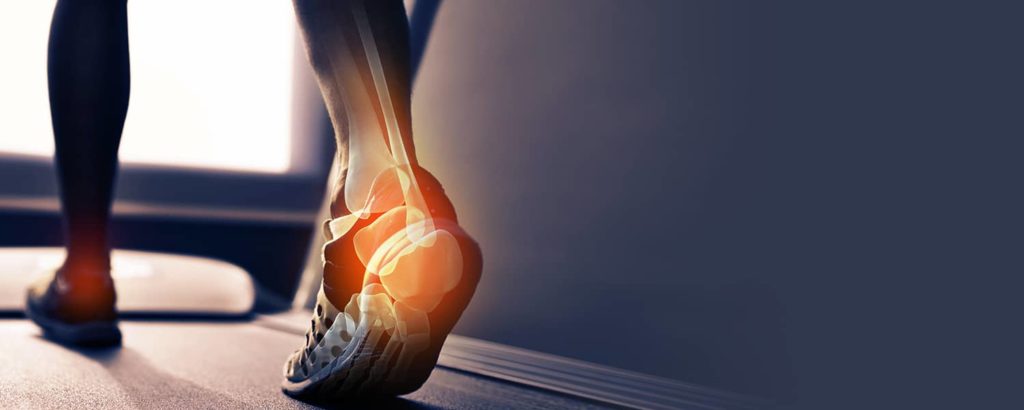Achillies Tendonitis – Sports Injury

This Blog is part of our Sports Injury Series from St George Health. We know how frustrating these injures can be for people to suffer through repeated episodes of pain and restriction. We pride ourselves on our team based approach to common sports injury problems – and focus on getting you back on the pitch, field, court or road faster and with our re-injury. We have a highly experienced team of Osteopaths, Sports Podiatrists and Sports Massage Therapists who work together in a unique approach for sports injuries. Call us today on 02 9553 9823 for enquiries.
Achilles tendinopathy is a common condition that affects the Achilles tendon, which is the largest tendon in the body that connects the calf muscles to the heel bone. This condition is characterized by pain and stiffness in the Achilles tendon, which can make it difficult to walk and engage in physical activity. In this blog, we will discuss the causes, symptoms, diagnosis, and treatment options for Achilles tendinopathy.
Causes of Achilles Tendinopathy
Achilles tendinopathy is typically caused by overuse or repetitive strain on the Achilles tendon. This can occur due to a variety of reasons, including:
- Excessive or sudden increase in physical activity
- Wearing poorly fitted shoes or shoes with insufficient support
- Tight calf muscles or Achilles tendon
- Improper warm-up or stretching before exercise
- Trauma or injury to the Achilles tendon
- Age-related degeneration
Symptoms of Achilles Tendonopathy
The symptoms of Achilles tendinopathy can vary depending on the severity of the condition. Some common symptoms include:
- Pain and stiffness in the Achilles tendon, especially in the morning or after prolonged periods of rest
- Swelling and tenderness in the Achilles tendon
- Limited range of motion in the ankle joint
- Weakness or instability in the ankle
Diagnosis of Achilles Tendonopathy
Achilles tendonopathy can be diagnosed through a physical exam and medical history review. Your Osteopath may also recommend imaging tests, such as an MRI or ultrasound, to confirm the diagnosis and rule out other conditions such as a tendon tear or rupture.
Treatment of Achilles Tendonopathy
The treatment for Achilles tendinopathy depends on the severity of the condition. Some common treatment options include:
- Rest and immobilization: Limiting physical activity and wearing a brace or walking boot to allow the tendon to heal.
- Physical therapy: Strengthening and stretching exercises can help improve range of motion and reduce pain.
- Rehabilitation of the tendon by gradually loading the achilles tendon.
- Medications: Over-the-counter pain relievers, such as ibuprofen or acetaminophen, can help reduce pain and swelling.
- Surgery: In severe cases, surgery may be necessary to repair the tendon.
Prevention of Achilles Tendonopathy
There are several ways to reduce the risk of developing Achilles tendinopathy, including:
- Gradually increasing physical activity and avoiding sudden changes in intensity
- Wearing properly fitted shoes with sufficient support
- Stretching and warming up before exercise
- Strengthening the calf muscles through exercises such as heel raises and squats
- Avoiding activities that place excessive strain on the Achilles tendon, such as running on hard surfaces or uphill
In conclusion, Achilles tendinopathy is a common condition that can be caused by overuse, trauma, or age-related degeneration. It is important to seek medical attention if you experience symptoms of Achilles tendinopathy, as early treatment can prevent further damage and improve outcomes. With proper care and prevention, most people with Achilles tendinopathy can recover and return to their normal activities.
Make an appointment.
Use our convenient online booking or contact us direct.
